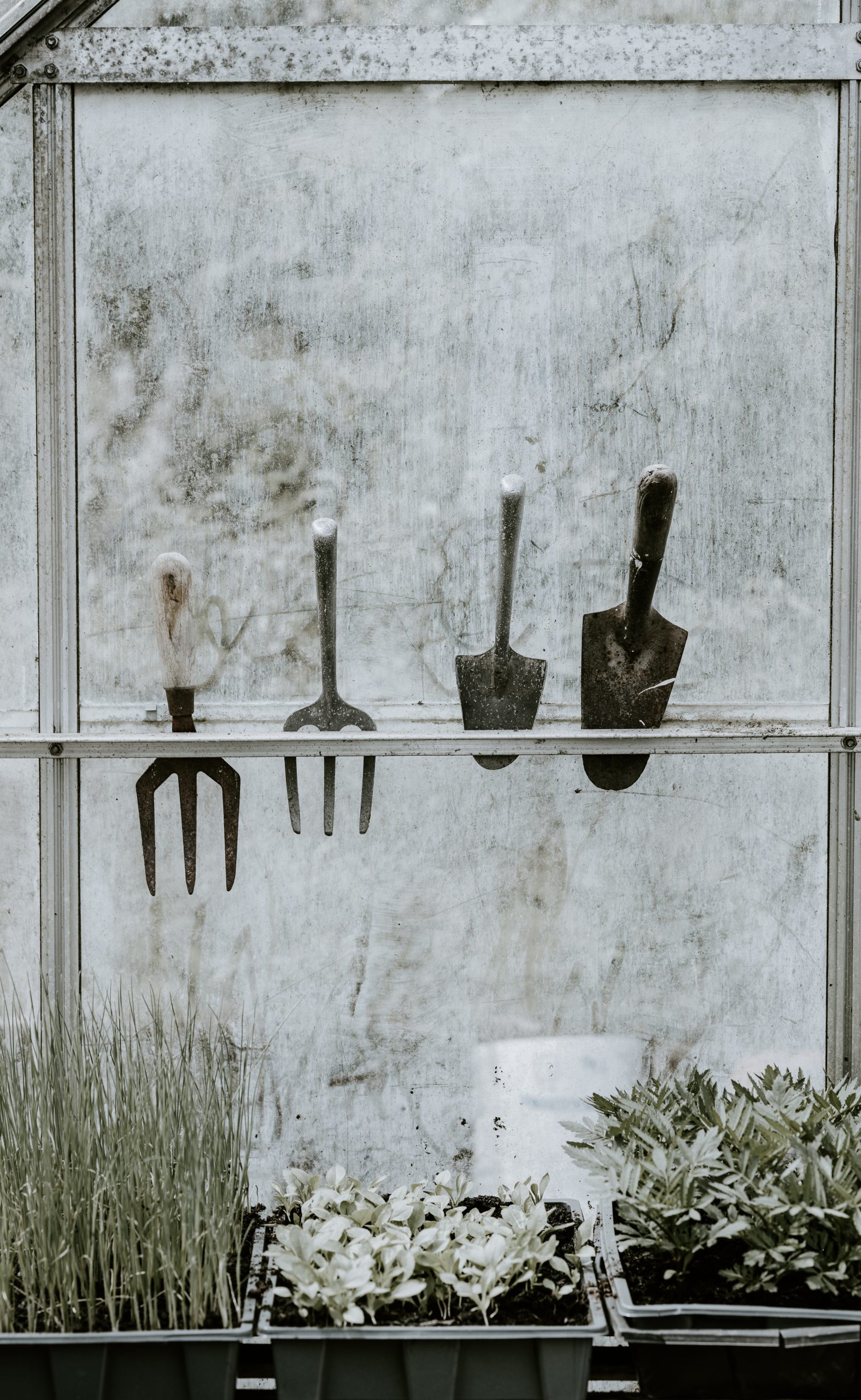Byline: [Your Name], Staff Writer
[City], [Date] – In a world marked by constant stress and urbanization, the concept of healing gardens has emerged as a transformative oasis, capturing the hearts and minds of individuals seeking solace and renewal. These serene and purposefully designed spaces offer a powerful connection to nature, nurturing both physical and mental well-being. As the benefits of healing gardens gain recognition, their potential to rejuvenate lives is being harnessed in healthcare facilities, public spaces, and private retreats.
Immersing oneself in a healing garden is akin to stepping into a sanctuary of tranquility. Surrounded by an array of plants, flowers, and trees, one is transported to a realm where the symphony of birdsong replaces the humdrum of city life. But the magic of these gardens lies far beyond their aesthetic appeal. It is in their ability to heal, both physically and emotionally.
Scientific research has provided substantial evidence that exposure to nature has a profound impact on human well-being. Studies have shown that spending time in healing gardens can reduce stress, lower blood pressure, alleviate symptoms of anxiety and depression, and even enhance immune system function. The restorative power of nature is not a mere illusion; it is a deeply ingrained connection that humans have with the natural world.
One key element of healing gardens is the careful selection of plant species. Native plants, known for their ability to thrive in local climates, are often favored for their ecological benefits and ability to support local biodiversity. Additionally, certain plants are chosen for their sensory qualities, such as aromatic herbs, vibrant colors, and textures that encourage touch. This deliberate composition stimulates the senses and fosters a sense of engagement with the surroundings.
The design of healing gardens is equally crucial. Thoughtful layouts that promote movement, privacy, and contemplation create spaces that encourage exploration and introspection. Meandering pathways, secluded nooks, and seating areas strategically positioned to capture sunlight or provide shade all contribute to a holistic experience. Water features, such as fountains or small ponds, add a soothing element that enhances the overall ambiance.
The therapeutic benefits of healing gardens have found their place within the healthcare industry, as hospitals, clinics, and rehabilitation centers embrace these natural retreats. Patients, caregivers, and medical professionals alike have come to appreciate the positive impact that such environments can have on the healing process. These gardens serve as havens for respite, allowing patients to reconnect with nature and find solace during their journey to recovery.
Beyond healthcare settings, healing gardens are also making their presence felt in urban planning. City planners recognize the importance of green spaces for the well-being of their residents and are incorporating healing gardens into the fabric of urban environments. Parks, community centers, and even corporate campuses are integrating these sanctuaries, providing people with a welcome reprieve from the concrete jungle.
As the awareness of healing gardens grows, it is essential to ensure their accessibility to all. Efforts are underway to make these spaces inclusive, with features like wheelchair accessibility, sensory stimulation, and accommodations for individuals with diverse needs. By embracing the principles of universal design, healing gardens can extend their benefits to a broader spectrum of people.
The journey from roots to rejuvenation is one of exploration, transformation, and connection. Healing gardens epitomize the symbiotic relationship between humans and nature, reminding us of our innate need to seek solace and find balance amidst the chaos of modern life. Their ability to heal, inspire, and bring joy is a testament to the boundless therapeutic magic that lies within nature’s embrace.
[End of Article]
As a journalist, it’s crucial to ensure accuracy and fairness in reporting. Before finalizing the article, it’s




